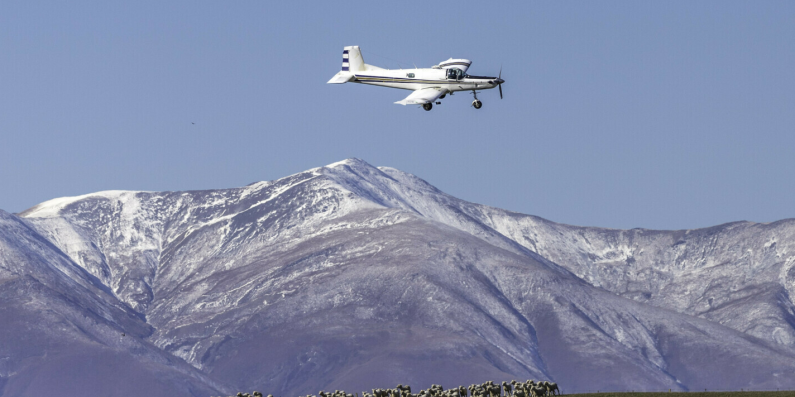
NZ’s greenhouse gas emissions have increased
The Greenhouse Gas Inventory issued today by the Ministry for the Environment shows gross greenhouse gas emissions increased by 21 per cent between 1990 and 2020.

The Greenhouse Gas Inventory issued today by the Ministry for the Environment shows gross greenhouse gas emissions increased by 21 per cent between 1990 and 2020.
The major contributors were methane from an increase in dairy cattle numbers and carbon dioxide from road transport.
However, gross emissions decreased by 3.5 per cent between 2019 and 2020. This decrease was driven by COVID-19 restrictions, which reduced emissions from road transport, manufacturing industries and construction, domestic aviation, and the industrial processes and product use sector.
Sectors covered by the inventory are:
The inventory informs the Ministry for the Environment’s policy recommendations on climate change and helps monitor New Zealand’s progress towards emissions reduction targets.
The inventory shows New Zealand’s gross greenhouse gas emissions in 2020 were 78.8 million tonnes of carbon dioxide equivalent.
Gross emissions in 2020 comprised 43.7 per cent carbon dioxide, 43.5 per cent methane, 10.7 per cent nitrous oxide and 2.0 per cent fluorinated gases. Gross emissions include emissions from all sectors except LULUCF.
The agriculture and energy sectors were the two largest contributors to New Zealand's gross emissions in 2020, at 50.0 per cent and 39.9 per cent, respectively.
The increase in gross emissions since 1990 is mostly due to increases in methane emissions from the dairy cattle population and carbon dioxide from road transport due to traffic growth.
Activities to reduce or capture greenhouse gas emissions from the LULUCF sector have had a beneficial impact in removing emissions from the atmosphere since 1990. In 2020, the LULUCF sector offset 29.6 per cent of New Zealand’s gross emissions.
New Zealand's net emissions in 2020 were 55.5 million tonnes of carbon dioxide equivalent. Net emissions in the inventory are gross emissions combined with both emissions and removals from LULUCF.
The inventory indicates New Zealand will meet its international 2020 emissions reduction target under the United Nations Framework Convention on Climate Change (UNFCCC).
New Zealand will meet its 2020 target through a combination of emission reductions, removals, and international units (in line with the Kyoto Protocol’s rules).
There are two important plans being developed to meet the challenges of reducing greenhouse gas emissions and the climate change impact they are already causing.
The emissions reduction plan to be delivered in May will set out how New Zealand will meet its first emissions budget (2022-2025) and set the path towards meeting our long-term climate targets of net zero emissions by 2050.
New Zealand also needs to manage the adverse effects that we are already experiencing from irreversible climate change, like more floods and droughts. Consultation on New Zealand’s first draft National Adaptation Plan to address this will begin this month.
Technical note
The inventory findings and the net position update are provisional until the inventory has undergone the formal UNFCCC expert review process.
Further information
The inventory is classified as a ‘Tier 1’ statistic. Tier 1 statistics are New Zealand’s most important statistics, and are essential to help the Government, business, and members of the public to make informed decisions and monitor the state and progress of New Zealand.
Tier 1 statistics describe New Zealand’s economy, environment, population, society, culture, international relations, and civil and political rights. Agencies producing Tier 1 statistics adhere to a framework of principles and protocols that includes standards around impartiality and quality. This helps engender trust in the data.